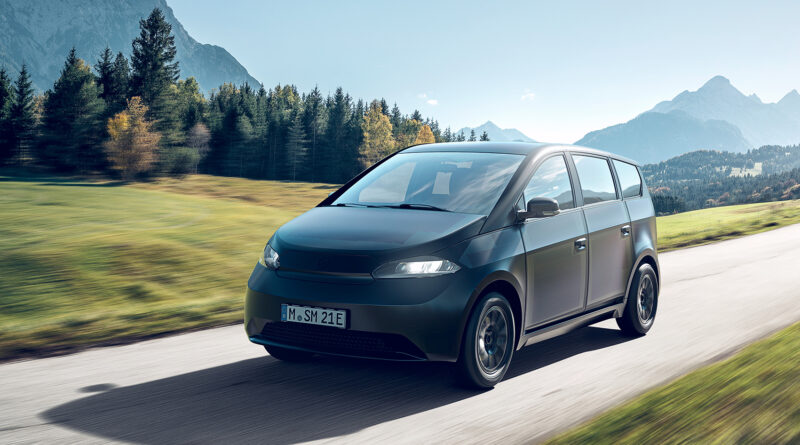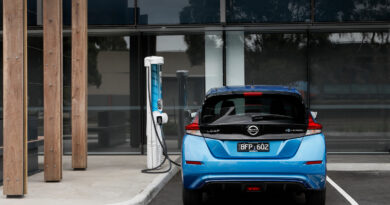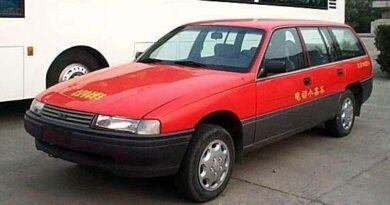Sono Sion plans to be the first ‘affordable’ Solar Electric Vehicle
What will be the Model T Ford of electric cars? The first EV to be seen as truly affordable, able to be bought by the masses?
German startup Sono is the latest company to suggest it can democratise the electric car, claiming its Sion people mover-shaped offering is “an electric car for everyone”. With a 120kW/270Nm motor, the 140km/h front-wheel drive car is “set to be the first affordable solar EV.”
Solar EV? Yep. What Sono calls its next-generation prototype SEV (Solar Electric Vehicle) was unveiled in an online presentation at the Consumer Electronics Show (CES) 2021, showcasing a body with 248 integrated solar cells.
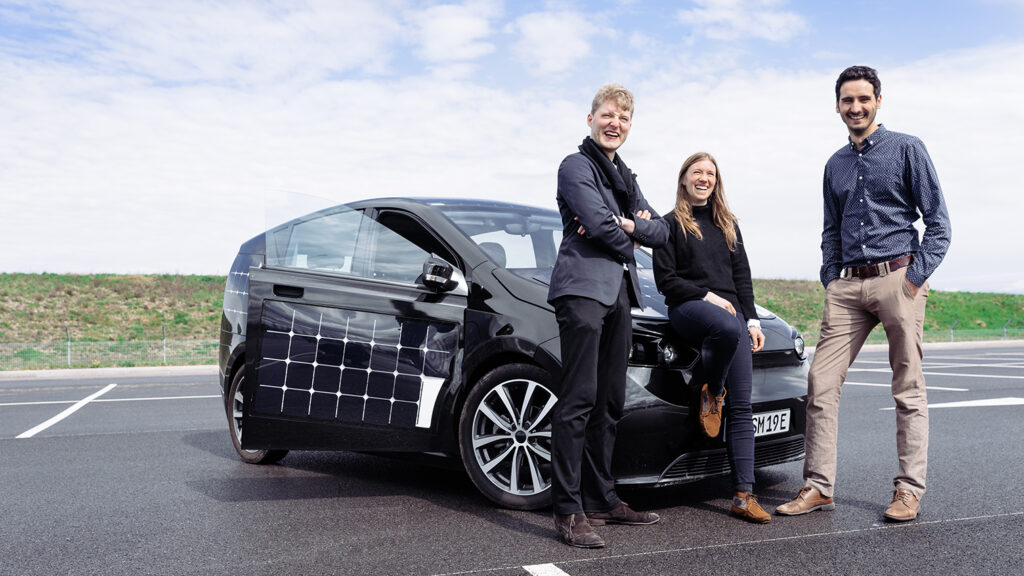
Charge on the move
The bonnet, fenders, sides, roof and rear all carry solar cells visually blending in to the surface. Sono says the system is “protected by a robust, scratch-resistant polymer” which offers some peace of mind. Though we doubt its R&D has stretched to testing it against the highly toxic Australian fruit bat poo so often the destroyer of perfect paintwork.
So, the old idea of carrying solar cells (or solar panels) on the car. Some argue today’s panels aren’t efficient enough to be workable, and the cost and weight they add to an EV don’t make sense. Even Elon Musk has said: “The least efficient place to put solar is on the car.” Doubt his thoughts at your peril.
During the presentation, Sono Motors’ Freidrich Wolf debunked this, saying: “What could be more convenient than a car that charges itself, for free, whenever there is daylight? The integrated solar technology in the body charges up to 21.7 miles (35km) every day from solar energy alone. This is more than enough to cover your average daily commute.”
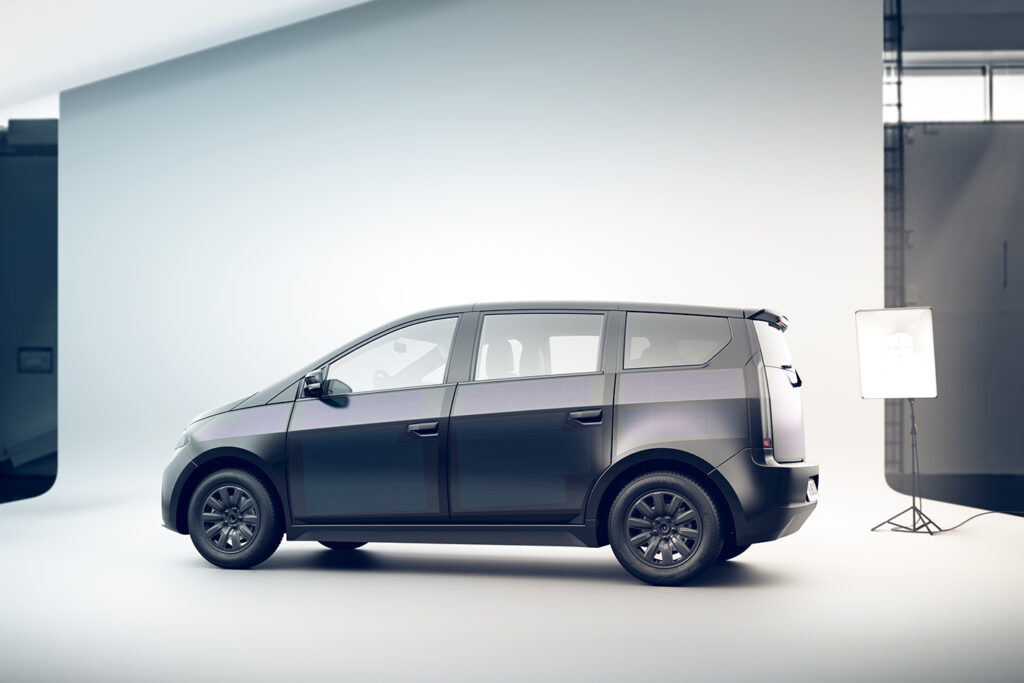
Sunshine superstar
True enough, it would cover some daily commutes, but that 35km charge is a best-case summer scenario (the sun doesn’t always play ball, as we know), and obviously it would need to be left outside to self-charge. Positively thinking, there’s something very cool about your car charging itself using the big shiny orb in the sky as you’re driving along.
Its figures suggest at peak performance, the integrated cells can generate up to 1.2kW. But a handy graph put out by Sono shows that on a cloudy day in mid-winter you’d be lucky to get 3km range added if the car was left outside all day.
Smartly, the Sion doesn’t exclusively rely on the sun to charge its 35kWh liquid-cooled battery. It can be plugged in and charged like conventional EVs, with a claimed driving range of 255km with a full charge. This can be done in as little as 13 hours with a household socket, while 80% charge (200km range) comes in 2.5 hours with a standard Type 2 AC charger, or 30 minutes at a CCS 50kW fast charging station.

What is ‘affordable’?
Sono Motors’ boss Thomas Hauche said during the presentation that the Sion would have one of the lowest total costs of ownership as “we are getting free solar power, over five years saving thousands of dollars in fuel costs.”
Which brings us back to the “electric car for everyone” bit. “Affordable” means different things to different markets, and the Sion’s proposed price of 25,500 Euros ($40,000) would make it the cheapest EV on the Australian market, if it could be sold here for that money. The MG ZS EV, costing from $43,990 drive-away, currently holds that honour.
Even so, for a lot of Australians “affordable” cars are closer to half that money. Suzuki Swifts, VW Polos and MG3s creep under than still all-important sub-$20k mark.

Multi-talented
The Sion – at 4.3m is about the same length as a Toyota Corolla hatch – features bi-directional charging tech so it can store energy and share it too. A nice picture showing the Sono charging a Tesla Model S illustrates this: using a Type 2 plug your maximum discharging capacity is 11kW. Enough to get the Tesla chap on his way.
The simple cabin features a strip on the dashboard in front of the passenger, with integrated Island Moss hidden behind. Didn’t think of that, did you Elon? This “natural element ensures a pleasant indoor ambience,” Sono gushes.
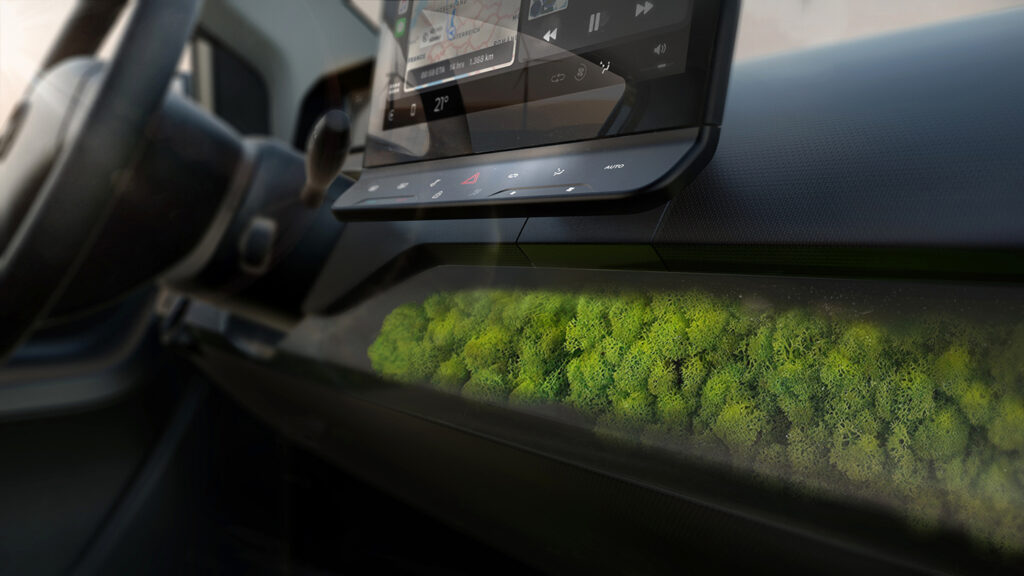
Built in Sweden
Sono Motor looks more grounded in reality and finance than many other EV startups. It was founded in 2016 and has more than 100 employees, some being former employees of BMW, Mercedes-Benz, Nissan and Chrysler. Interestingly, the Sion is being built at Saab’s former plant in Trollhättan, Sweden.
It claims to have raised more than 100million Euros ($157 million) through funding and reservations – with more than 12,600 pre-orders with partial payment to date.

Plans have been set back, it admitted, by COVID-19, and series development was stopped. If you pre-order the Sion for a deposit of 500 Euro, it says production starts in 2022.
In 2019 Hyundai offered its Sonata Hybrid with cost optional solar panels in its roof for the Korean and North American markets. Will solar cells on roofs become more mainstream in the near future, or, like this Sion, go further and coat the majority of its body in them? This will be an interesting one to watch.

